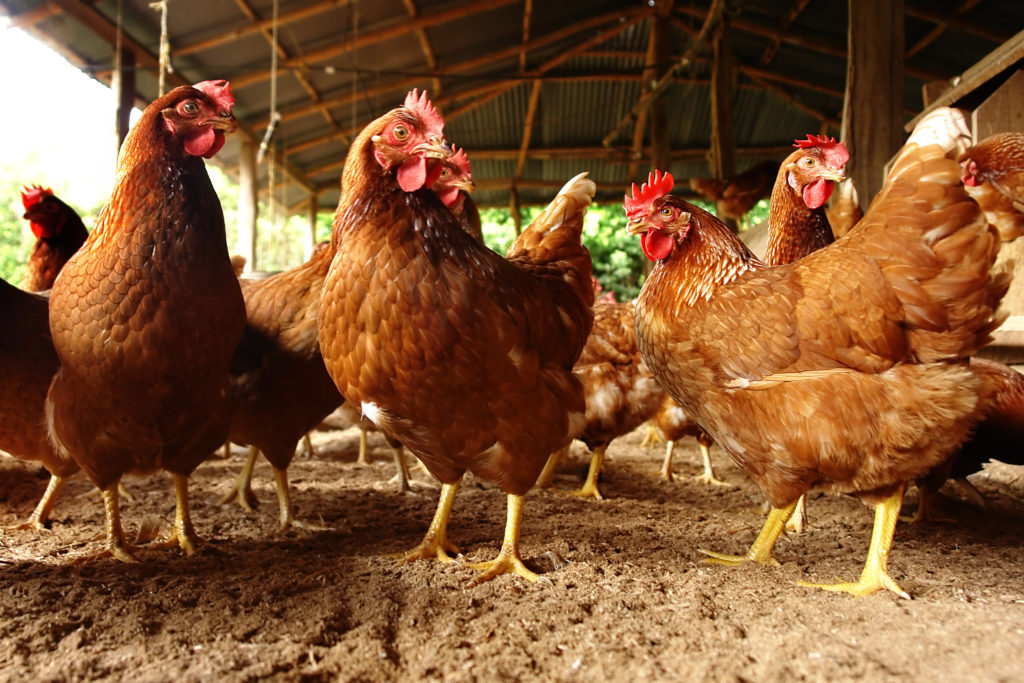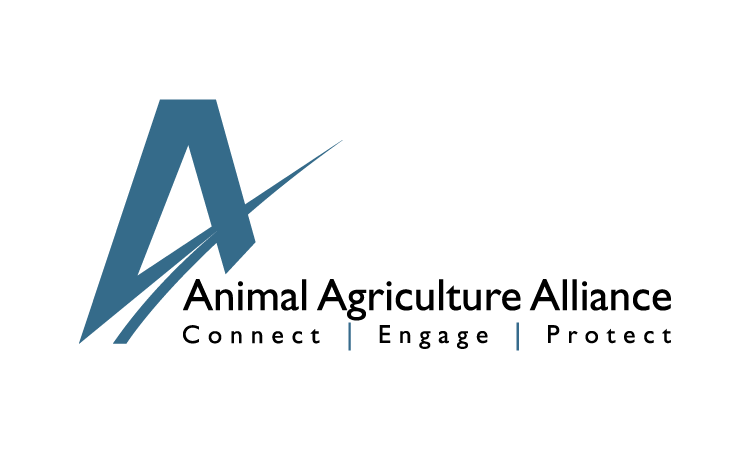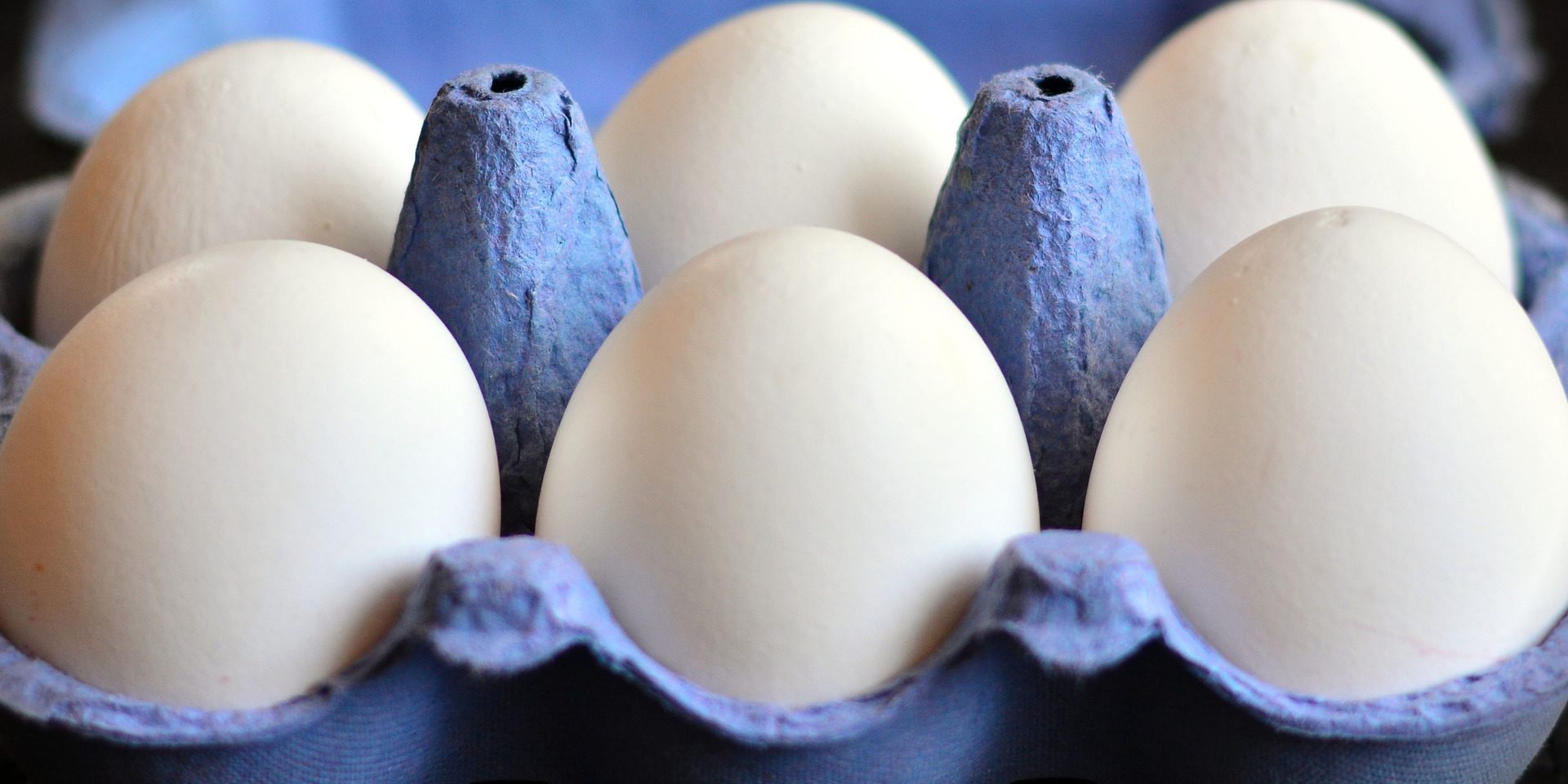To a lot of consumers, cage-free eggs probably seem like they are the best thing ever. Almost every week another restaurant or retailer is pledging to transition to a 100 percent cage-free egg supply, but these complex decisions have more implications for food costs, supply chain logistics and even animal welfare than many realize.
CAGE-FREE: A ONE-SIDED STORY IN THE MEDIA
It’s not hard to understand where many people get the idea that cage-free egg production is ideal. The news coverage of the cage-free movement is picturesque. Animal rights organizations, such as the Humane Society of the United States and Mercy for Animals, are often quoted as claiming they “worked with” the company and want to express their appreciation for a “step in the right direction” for animal well-being. What is often left out of the story is how those groups try to influence companies in their decisions to go cage-free.
ACTIVIST PRESSURE, PRAISE AND REPEAT
Animal rights groups are notorious for “pressure campaigns.” They target a consumer-facing brand, restaurant or retailer with an often misleading campaign which aims to put the company in a spotlight as being supportive of animal mistreatment. With sales and a reputation on the line, the company needs the negative attention to cease.
The Humane League, another animal rights organization, placed an online ad for a “Kroger Campaign Organizer” to launch a pressure campaign against the grocery by motivating “local consumers to boycott their Kroger and Kroger subsidiary locations.”
Mercy for Animals recently launched a pressure campaign against Safeway. One of their tactics included a snapchat asking their followers to “politely ask why Safeway continues to torture egg-laying hens in tiny cages when Trader Joe’s, Target, CVS and Costco have committed to going 100 percent cage-free.” The message included the Safeway CEO’s name and a phone number. Less than a week later the Albertson’s Companies (one of the largest food and drug retailers in the United States which includes Safeway) announced they would be going 100 percent cage-free by 2025.
To think that activist pressure will cease once a pledge is made is just not the case. Animal rights groups pressure a restaurant or retailer to change their sourcing policies, then praise them once a new policy is announced only to repeat and pressure the food company again. They either argue that the food company isn’t moving fast enough and demand a quicker timeline or argue that cage-free isn’t enough and hens need to be raised on pasture.
CAGE-FREE: SHOULDN’T SCIENCE HAVE A SAY?

Many of the recent policy announcements are based on animal rights activist demands and what some consumers think is best. Letting hens out of cages sounds like a rational decision for animal welfare, but many fail to address what science says is best.
The Coalition for a Sustainable Egg Supply is a multi-stakeholder group made up of leading animal welfare scientists, academic institutions, non-government organizations, egg suppliers, and restaurant and food retail companies. The Coalition conducted a three-year study to evaluate various laying hen housing systems by considering the impact of multiple variables on a sustainable system. The three types of housing evaluated were: conventional cages, cage-free aviary and enriched colony cages. The research assessed five areas of sustainability: animal health and well-being, food safety and quality, environmental impact, worker health and safety, and food affordability.
The final results revealed that in regards to animal health and well-being, cage-free has substantially worse cannibalism/aggression and keel (extension of the breastbone) damage compared to both conventional and enriched colony systems. Both cage-free and enriched colony have better tibia/humerus strength and feather and foot conditions compared to hens raised in conventional cages and the enriched colony proved to have the lowest mortality rate compared to both the conventional and cage-free systems.
In terms of worker health and safety, the cage-free had substantially worse particulate matter exposure and endotoxin exposure compared to the conventional cages and enriched colony. For the environmental aspect, the enriched colony has substantially better ammonia emissions, while the cage-free has substantially worse indoor air quality and particulate matter emissions with slightly worse natural resource use efficiency.
Bird health, worker safety and product sustainability are complex topics, and reducing them down to just cage size is an extreme oversimplification. Instead of following the commitment to continuous improvement based on science and selecting the solution that works best for their individual operation, most egg farmers are being forced to switch to cage-free systems with risk of being dropped by their buyer if they don’t comply. This would understandably frustrate any farmer.
TAKE ACTION AND STAND WITH SCIENCE
Farmers and ranchers are not only committed to continuous improvement, but they also hold the experience of caring for their animals every single day. They work tirelessly to provide a safe, affordable and nutritious food supply for people who take it for granted.
Some animal rights groups may act like they have the best intentions in mind, but in reality they are only moving our society towards a more vegetarian and vegan way of life. They want prices to increase and eventually take milk, meat and eggs off your plate for good.
Whether you are a restaurant, retailer or consumer, I challenge you to stand with science, not animal rights extremists.
All posts are the opinion of the author and do not necessarily represent the view of the Animal Ag Alliance.







